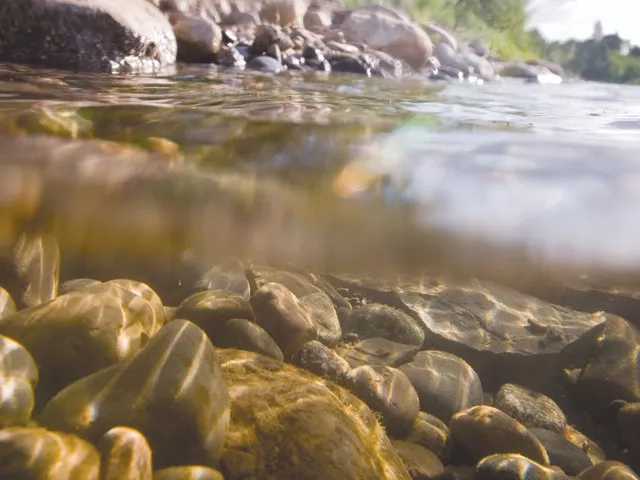First, it was your laundry detergent. Then it was dishwasher soap. Now, legislation to restrict the composition of lawn fertilizer is a new front in the fight to reduce phosphorus — and hence algae blooms and low oxygen levels — in the Spokane River.
State Sen. Chris Marr, Senate Majority Leader Lisa Brown and State Rep. Timm Ormsby — all of Spokane — are co-sponsors of bills that would ban the application of high-phosphorus fertilizers on residential lawns.
Other states, such as Minnesota, have banned outright the sale of such fertilizers. Here, the effect will likely be the same, because retailers such as Costco and Wal-Mart indicate that they are amenable to stocking low- or no-phosphorus fertilizers, Ormsby and Marr say.
The last ban — on phosphorus-laden dishwasher soaps — was a public relations fi asco as many consumers found the phosphorus-free alternatives to be lousy and then beat feet over to Idaho to stock up on the illegal “good stuff.”
But some say there isn’t likely to be that sort of backlash with fertilizer.
“The Liberty Lake Sewer and Water District banned application of phosphorus fertilizer in 2005. We’ve run a big phosphorus-free campaign with Greenstone Homes, and I haven’t received a lot of push-back,” says BiJay Adams, lake protection manager for the district.
It probably helps, Adams says, that the program at Liberty Lake involves distribution of free bags of fertilizer with a 16-0-10 mix (the numbers, in order, represent amounts of nitrogen, phosphorus and potassium).
“You don’t get a lot of push-back when there’s a product you get for free and it works well,” Adams says.
As a nutrient, phosphorus encourages aquatic plant growth, including algae blooms. As the plants decompose, the levels of dissolved oxygen in the water declines — sometimes to levels harmful to fish. Locally, this is most problematic in the reservoir behind Long Lake Dam.
The proposed fertilizer regulations come just ahead of the latest effort in a decades-long catfight to adopt a cleanup plan for the Spokane River that would set strict limits on phosphorus discharges. The latest plan is expected to be ready for review by the end of the month, state Department of Ecology officials say.
Entities that have “pipes in the river,” such as municipal wastewater treatment plants in Kootenai and Spokane counties and industries such as the Inland Empire Paper mill, have had serious heartburn over the expense of cleanup technologies.
They are facing expenses in the tens — or even hundreds — of millions of dollars for phosphorus reduction. Even then, they may not be able to reach the tiny levels of allowable discharge on state and federal wastewater permits.
Adding to their angst is the so-called “nonpoint” sources of pollution — such as runoff from streets, lawns, erosion and farms — that are out of their control.
Heather Hansen, executive director of Washington Friends of Farms and Forests, was testifying Tuesday in opposition to the bill in the state Senate.
“I feel for the dischargers, but this bill isn’t going to help,” Hansen tells The Inlander. “If you want to solve a problem, first you have to identify what is causing it.”
Data on the effects of bans elsewhere appears sparse, but a University of Michigan study published in August shows a quick phosphorus reduction in a situation similar to Spokane’s.
Ann Arbor curtailed the use of phosphorus on lawns in 2006. UM ecology and evolutionary biology professor John Lehman sampled the Huron River through the city for the next two summers and reports that phosphorus levels in the river dropped an average of 28 percent.

